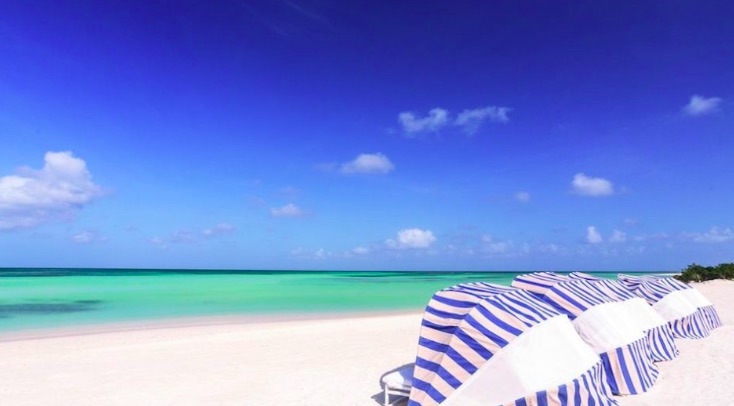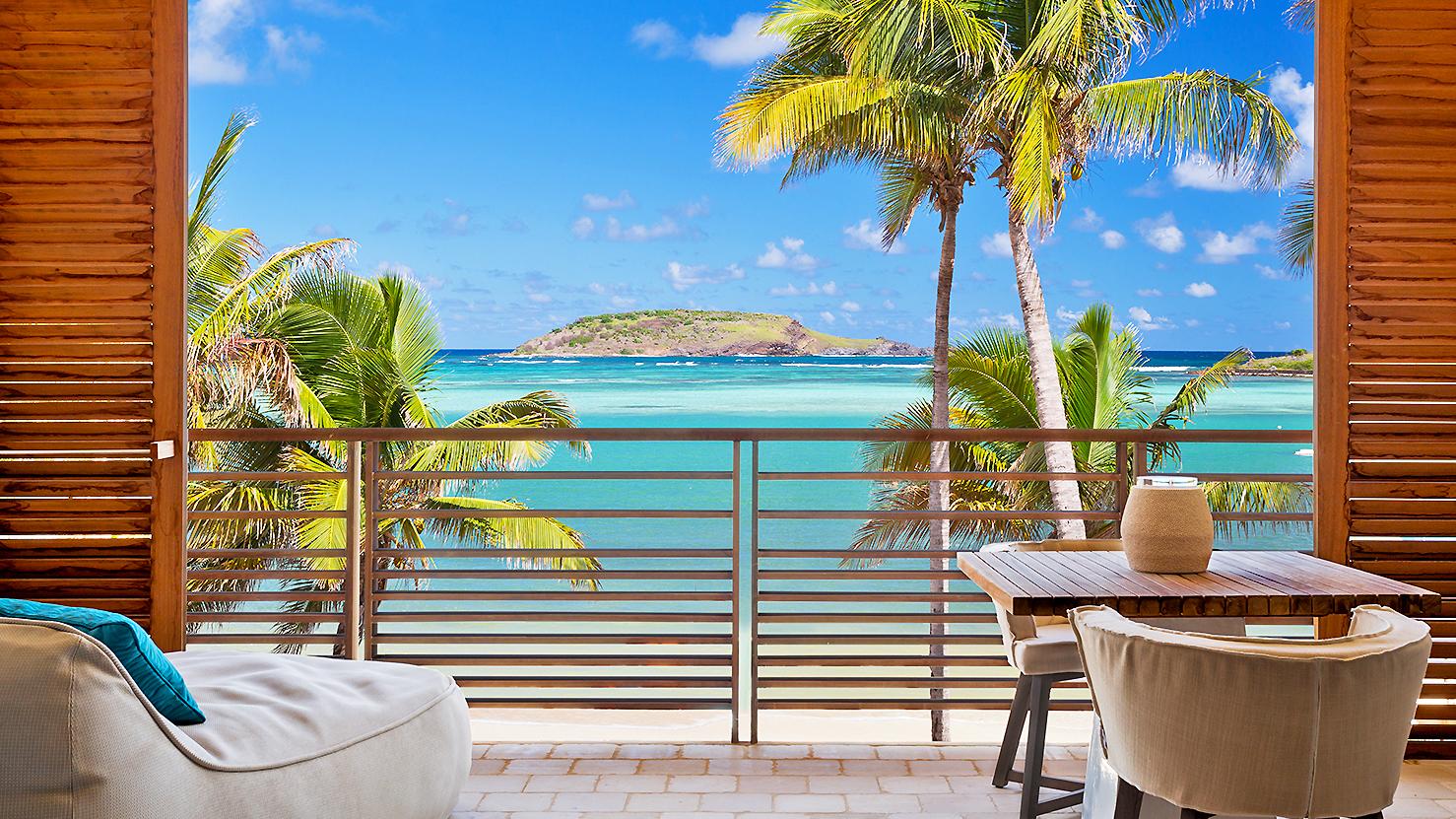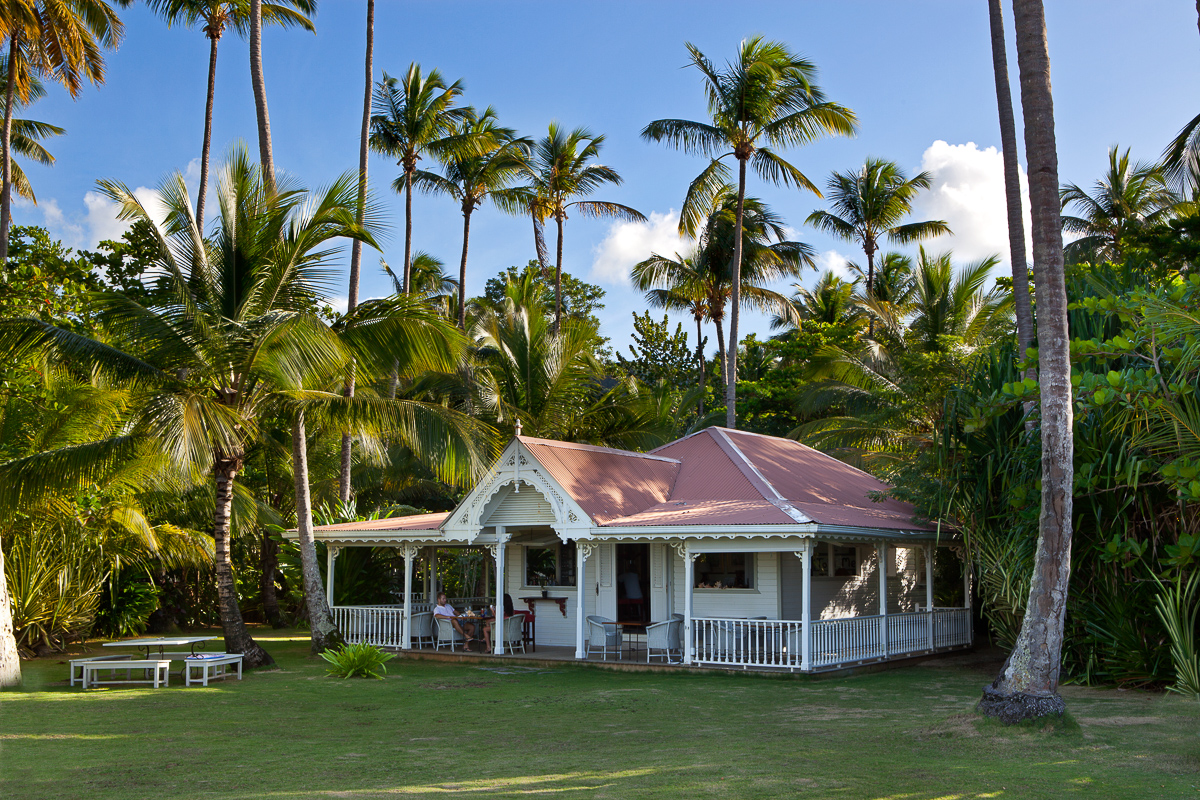More than 40 islands visited by cruise ships on Caribbean itineraries have a message they want to share: They are open, fully operational, welcoming ships full of cruise passengers and hoping more will follow.
Included are places that saw some damage from the September hurricanes but have already recovered.
“We are open and welcoming visitors,” said Racquel Brown, CEO of the St Kitts Tourism Authority.
Click here to read more





